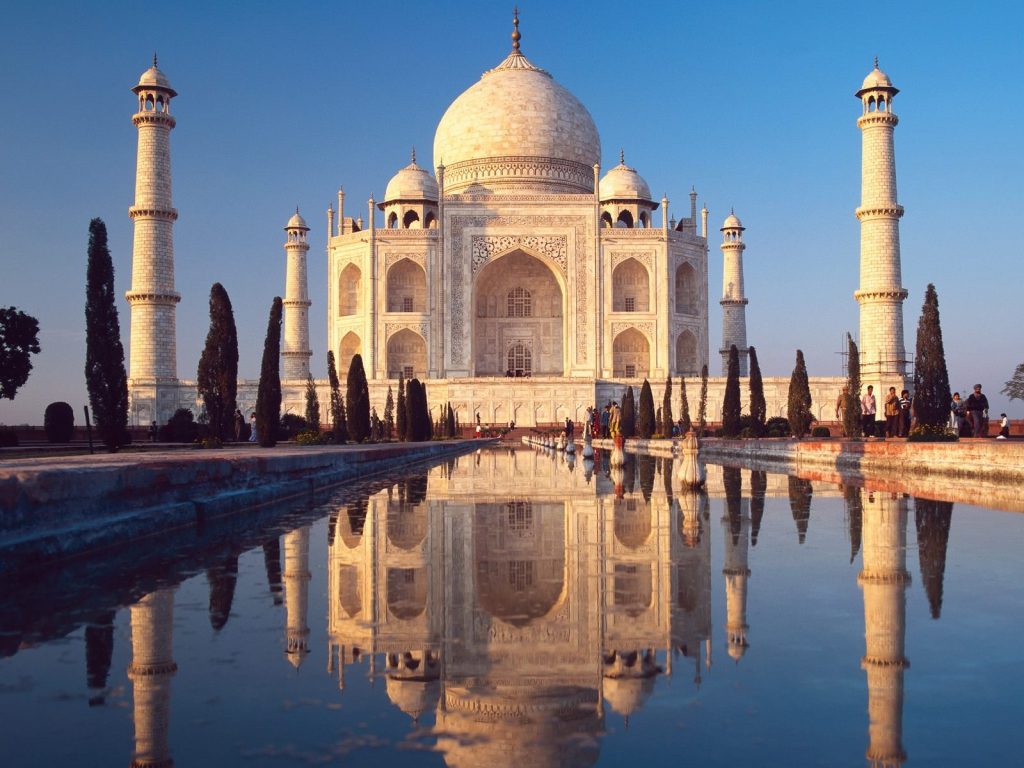Originally, Agra was the capital of the Lodhi dynasty, then when Mughal seized the kingdom, they too stated it as their capital. First, it was Emperor Babur who started administering from the city, a tradition which was followed by his successor. Read more to understand the Mughal impression in Agra. You can reach this historical city by taking a Delhi to Agra taxi.

The city of Agra is looked upon as one of the finest achievements of the Mughals on Indian soil. The city whose history dates back to more than 10000 years, is a standing sign of greater evolution and architectural mastery. To know more about the impact of the Mughal rule in the city, it would be better to take a Delhi to Agra taxi and see it for yourself than hear it from someone else.
It was amid the reign of Mughal Emperor Akbar in the mid-sixteenth century that Agra picked up visibility. It was viewed as a standout amongst the most excellent cities on the planet. The Emperor commissioned the construction of numerous excellent landmarks, including the Agra Fort. The Emperor went ahead and built around 500 structures inside the Fort. You can see some of these structures even today, including the Akbari Mahal. Another extraordinary accomplishment of the emperor still stands as the Fatehpur Sikri. A city, within a city, it took over 10 years for the emperor to assemble it. Today, you can find architectural marvels like the Buland Darwaza, built in sandstone and marble, within the city’s walls.
It is said that the religion, Din-e-Elahi, meaning ‘the religion of God’ and assimilating all the positive points from other religions of the kingdom, originated here. Different landmarks in the city of Agra and those scattered outside the city are all demonstrations of the Mughal period’s legacy. It was in the sixteenth century that Agra turned into a noticeable tourist centre and a great place to explore the history. And even today, lakhs of tourists keep visiting this key tourism spot, close to Delhi.
Everybody realises that the Taj was built by Emperor Shah Jahan in memory of his beloved wife, Mumtaz Mahal. It is said that more than 20,000 artisans have dealt with this magnificence in marble. The Taj is one of the ‘Seven Wonders of the World’ and a structure that everyone loves to render in photographs, paintings, and travel journals. After the Mughal time, the city of the Agra turned into a Presidency of the British (in the early part of the nineteenth century). The beautiful gardens laid out in the complex of the Taj Mahal at first had the Mughal impact, however when the British assumed control over, these were intended to look more like the gardens in British enclosures.
Even after the rich legacy of the Mughals, Agra is considered a great hub of craftsmanship and society. The Taj Mahotsav is a festival of Agra’s rich conventions. On the off chance that you visit the city around February, apart from checking out the popular places to visit around Agra, you can appreciate numerous architectural marvels.



